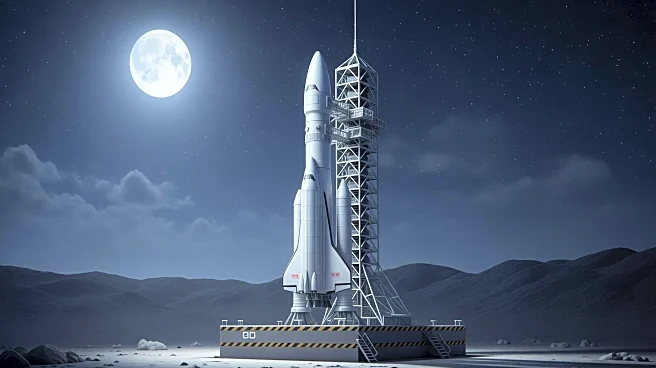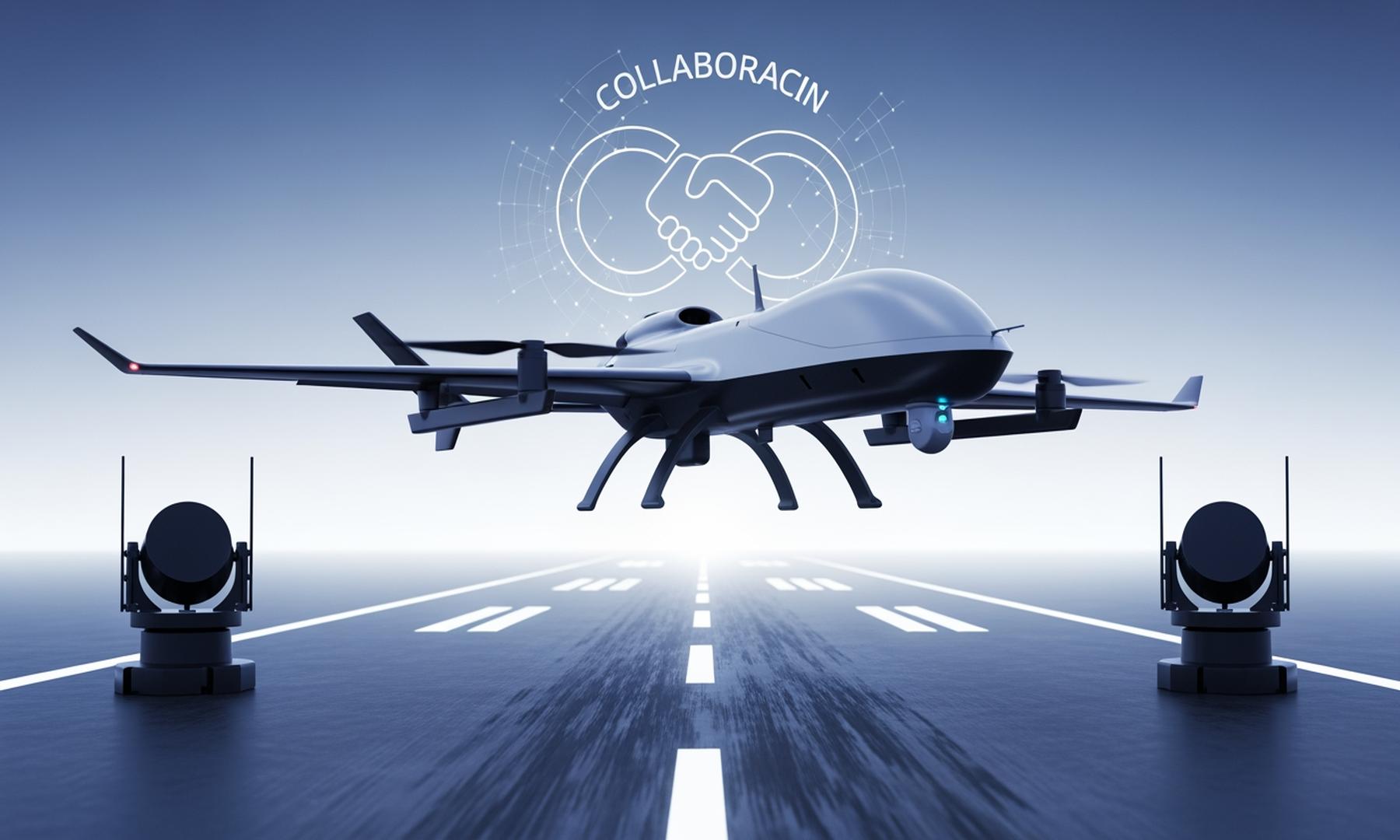What's Happening?
NASA's EscaPADE mission, involving twin spacecraft, is set to launch on a unique trajectory to Mars. The mission aims to study the planet's atmospheric loss and magnetosphere. Due to timing and launch delays,
the spacecraft will spend a year at the L2 Lagrange point before heading to Mars, arriving in September 2027. This approach allows flexibility in launch timing, bypassing traditional transfer windows. The mission is part of NASA's SIMPLEx program, focusing on cost-effective planetary exploration.
Why It's Important?
EscaPADE's innovative trajectory could revolutionize planetary mission planning, offering more flexibility and reducing costs. Understanding Mars' atmospheric loss is vital for assessing its habitability and planning future exploration. The mission's success could validate NASA's approach to low-cost, high-value science missions, encouraging further investment in similar projects. The collaboration with Advanced Space and Rocket Lab highlights the potential for partnerships in advancing space exploration.
Beyond the Headlines
The mission's unconventional approach carries risks, but success could demonstrate the viability of flexible, low-cost exploration strategies. The use of Lagrange points for mission staging could become a standard practice, enhancing mission planning and execution. EscaPADE's success could bolster NASA's SIMPLEx program, encouraging more innovative and cost-effective planetary missions.














